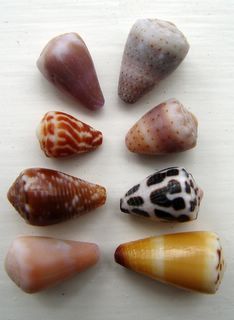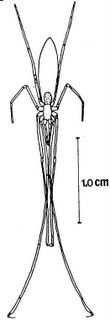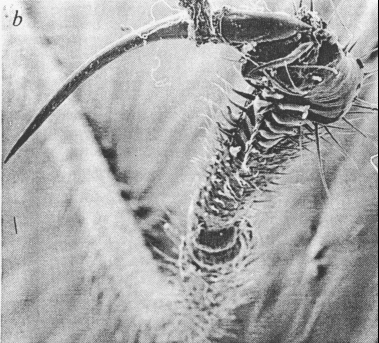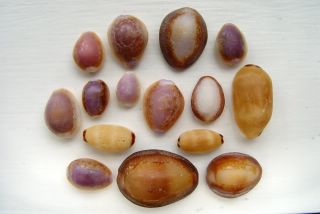'Mazing Molluscs.
So Etel's obsession has been beachcombing to find shells. After the huge waves of the past week, we went to a beach known locally as a good place to find shells, and they were right. We spent 4 hours picking through a part of the beach no larger than my front yard. Each new wave that crashed on shore brought new treasures. Now you have to realize that most of the shells in these pictures are small, 0.5-1.5" in size.
These are cone shells. A carnivorous snail, they have venom to immobilize their prey of worms, other molluscs, and small fish. If you see one out in the water you have to be very careful not to just pick it up since it can reach around and poison you, some species can be deadly.

The diversity and beauty of these shells cannot be exaggerated. Follow this link to see the amazing worldwide diversity in these shells. Obviously God had a creative orgy when she specially created each and every one of these species by hand.


 (closeup of the tarsal claw)
(closeup of the tarsal claw)


